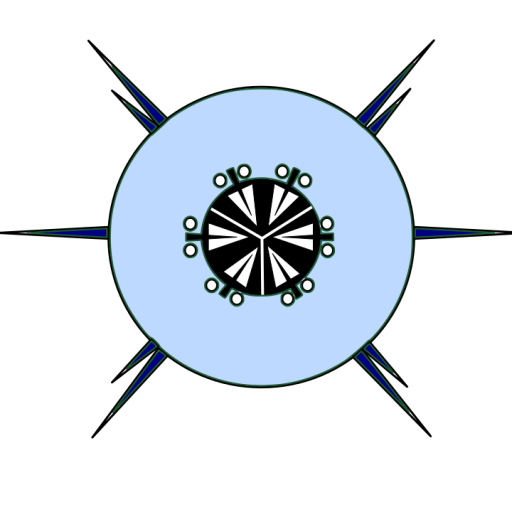Uhlig’s seawater ice method (Uhlig, 1968) is used for extracting live meiofauna from sediments. It is a relatively simple method to use which relies on a sinking front of cold water passing through the sediment which drives the fauna out of the sediment and into a petri dish below. The effectiveness of this technique varies between the different groups of meiofauna, and presumably is less effective on assemblages of meiofauna from polar, cold water, that are clearly used to lower temperatures. Figure 1. shows the original setup for the extraction from Uhlig (1968), which consists of a tube covered at its lower end by a mesh, the size of mesh used depends on the character of the sediment in the sample (coarser sediments coarser mesh). Cotton wool is then placed on top of the sediment, and on top of this crushed seawater ice (remember to filter the seawater (45µm) before freezing to avoid the potential for contamination of the sample with plankton, etc). The tube is then suspended with the mesh in contact with a petri dish containing filtered seawater. As the ice melts a cold water front sinks through the sediment sample driving the fauna with it. Figuse 2. shows the setup used by Dr. Andreas Schmidt-Rheasa. Eventually the fauna are driven out of the sediment and into the petri dish where they can be studied under the microscope.
Figure 1. The setup for the extraction of meiofauna using Uhlig’s seawater ice method (from Uhlig, 1968).
The efficiency of this technique for extracting meiofauna is known to be variable between species and or groups, and so should be considered semi-quantitative at best. However, it is an excellent way of obtaining fresh, undamaged, specimens for study; particularly those that need to be examined live for accurate identifications or descriptions, such as Turbellaria of Gastrotricha.
Figure 2. Uhlig’s seawater ice method (Photo: Dr. Andreas Schmidt-Rheasa).
References
Uhlig, G. (1968) Quantitative Methods in the Study of Interstitial Fauna. Transactions of the American Microscopical Society 87:226-232.


